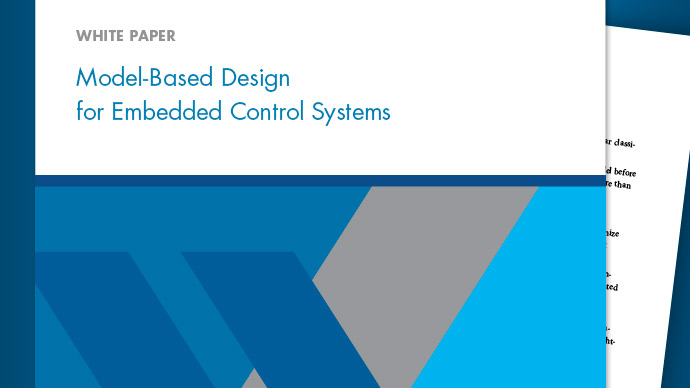Mux
Combine input signals of same data type and complexity into virtual vector
- 库:
Simulink / Commonly Used Blocks
Simulink / Signal Routing
高密度脂蛋白编码器/常用的块
HDL Coder / Signal Routing
Description
TheMuxblock combines inputs with the same data type and complexity into a vector output. The output mux signal is flat, even if you create the mux signal from other mux signals. However, you can use multipleMuxblocks to create a mux signal in stages.
A mux signal simplifies the visual appearance of a model by combining two or more signal lines into one line. Mux signals do not affect simulation or code generation.
Tip
If inputs have different data types or complexity, use a virtual bus to visually group the signals. For more information, seeTypes of Composite Signals.
Ports
Input
Output
Parameters
Model Examples
Block Characteristics
Data Types |
|
Direct Feedthrough |
|
Multidimensional Signals |
|
Variable-Size Signals |
|
Zero-Crossing Detection |
|



